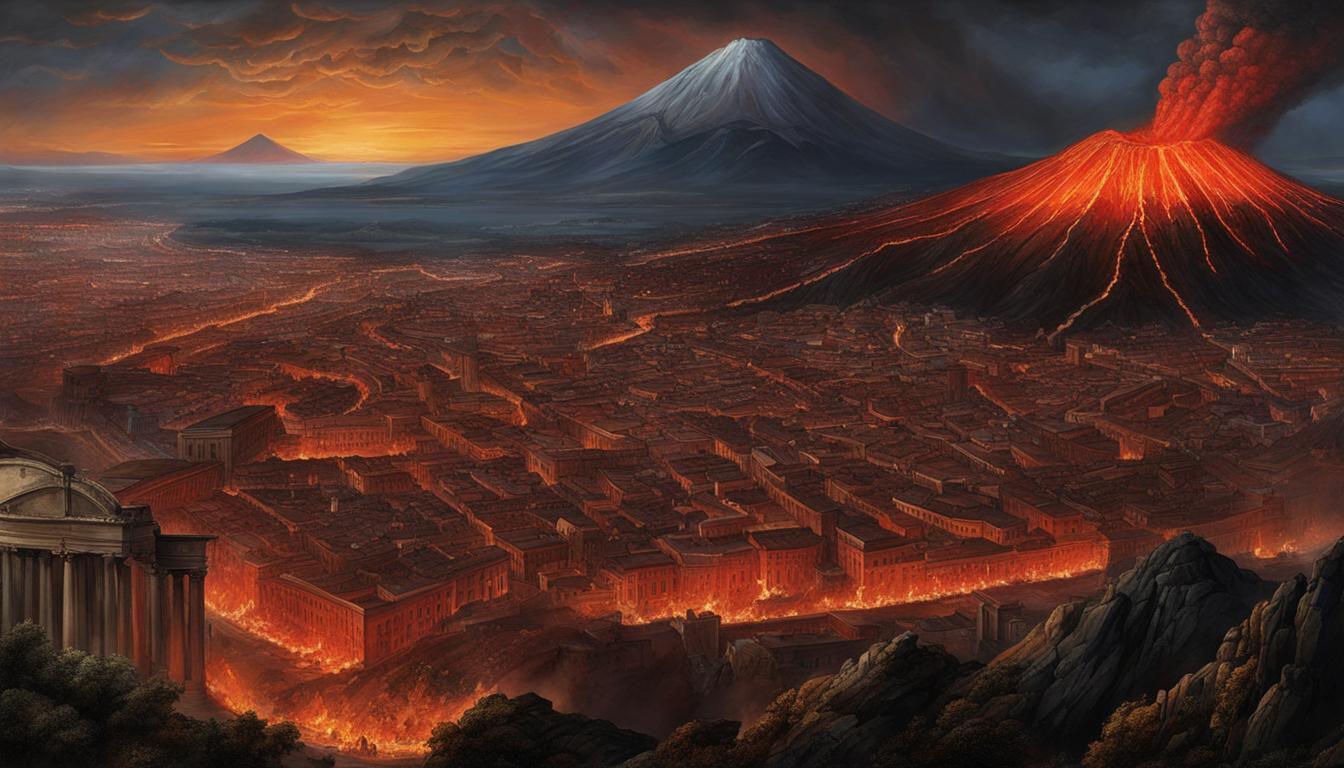Napoli, now known as Naples, has a fascinating history that dates back to ancient Greek settlements in the 2nd millennium BC. The city’s origins can be traced back to two Greek colonies: Parthenope and Neapolis. Parthenope, founded in the 8th century BC by Cumae, was named after the siren in Greek mythology who washed ashore at Megaride.
Over time, Parthenope was destroyed and then refounded as Neapolis in the 6th century BC. Neapolis played a significant role in Magna Graecia and became an important cultural center when it became part of the Roman Republic. Throughout its history, Napoli has been the birthplace of various kingdoms and duchies, leaving a rich cultural and historical legacy.
Naples has been a witness to the rise and fall of civilizations and cultures, with its art, architecture, and cultural heritage reflecting these diverse influences. The city has also been a hub of intellectual and artistic movements, such as the Renaissance and Baroque periods. Naples’ historical origins are a testament to its vibrant and influential past.
Key Takeaways:
- The origins of Naples can be traced back to Greek colonies Parthenope and Neapolis.
- Parthenope, founded by Cumae, was named after the siren in Greek mythology who washed ashore at Megaride.
- Neapolis played a significant role in Magna Graecia and became an important cultural center during the Roman Republic.
- Naples has seen the rise and fall of civilizations throughout its history, leaving a lasting impact on its art, architecture, and cultural heritage.
- The city has been a center of intellectual and artistic movements, including the Renaissance and Baroque periods.
The Greek and Roman Era of Napoli
During the Greek and Roman eras, Napoli, known as Neapolis in ancient times, experienced a period of flourishing as a center of Greek culture and erudition. The city’s Greek origins bestowed upon it a strong Hellenistic influence, which continued to thrive even after it became part of the Roman Republic.
Neapolis played a vital role in Magna Graecia, a federation of Greek territories in Southern Italy. Its Greek culture and traditions were highly regarded by later Roman society, contributing to its reputation as a cultural center.
As the capital of the Duchy of Naples and later the Kingdom of Sicily, Napoli held a prominent position as a hub of cultural and intellectual activity. The city’s artistic and architectural heritage reflects the influence of both Greek and Roman civilizations, serving as a testimony to its rich cultural heritage.
“Napoli, with its Greek and Roman roots, stands as a cultural and artistic nexus, bridging the gap between ancient civilizations and modern society.”
The eruption of Mount Vesuvius in 79 CE had a profound impact on the region, burying nearby towns such as Pompeii and Herculaneum. This catastrophic event inadvertently preserved their ancient ruins, including intricate frescoes and archaeological artifacts, providing valuable insights into daily life during the Roman era.
The legacy of Napoli’s cultural and influential status endured through the centuries, even as the city transitioned into the Renaissance and Baroque periods. Esteemed artists like Caravaggio left their indelible mark on the city’s artistic landscape, contributing to its ongoing significance in the world of art and culture.

The historical journey of Napoli, from its humble beginnings as Greek settlements to its prominence in the Roman Empire, is a testament to the city’s enduring cultural heritage and its pivotal role in shaping the history of Italy.
Early Christian Influence and Beyond
Napoli’s historical journey also encompasses its significance in early Christianity. The city is home to numerous early Christian sites, including the Catacombs of St. Januarius and the baptistery incorporated in the Duomo. These sites offer a glimpse into the early tribulations of Christians in Naples and their perseverance in the face of adversity.
During the decline of the Roman Empire, Naples, like the rest of Italy, faced challenges but managed to maintain a degree of independence. It rebelled against Eastern emperor rule and established a form of republican government that secured its independence for over three centuries.
Naples saw the rise and fall of different rulers, including the Lombards and Normans, who elevated the city’s status as a regional and cultural capital. Despite political changes, Naples retained its position as an intellectual and artistic center, with notable figures like Frederick II fostering the city’s intellectual life. The city’s historical journey from early Christian influence to its role as an intellectual hub showcases its enduring cultural legacy through the centuries.
FAQ
What is the origin of Napoli?
Napoli, now known as Naples, has its origins in Greek settlements established in the area in the 2nd millennium BC. It began with two Greek colonies: Parthenope and Neapolis.
Who founded Parthenope and Neapolis?
Parthenope, named after the siren in Greek mythology, was founded by Cumae in the 8th century BC. Neapolis was founded after Parthenope was destroyed and refounded in the 6th century BC.
What role did Neapolis play in Magna Graecia?
Neapolis played a significant role in Magna Graecia and was an important cultural center when it became part of the Roman Republic.
What was the capital of the Duchy of Naples and the Kingdom of Sicily?
Naples served as the capital of both the Duchy of Naples and the Kingdom of Sicily before its unification with the rest of Italy in 1861.
What periods of art and culture influenced Napoli?
Napoli has been a center of intellectual and artistic movements, such as the Renaissance and Baroque periods, which left traces in its art, architecture, and cultural heritage.
How did Naples maintain its independence during the decline of the Roman Empire?
Like the rest of Italy, Naples maintained a degree of independence, rebelling against Eastern emperor rule and establishing a form of republican government that secured its independence for over three centuries.
Who were some notable figures that fostered the intellectual life of Napoli?
Frederick II and other notable figures fostered the intellectual and artistic life of Napoli, cementing its position as an intellectual hub throughout history.


